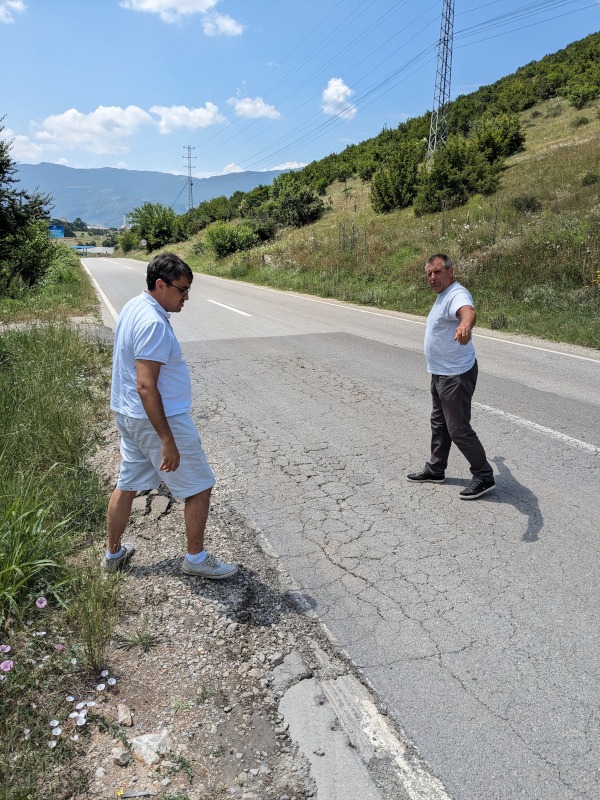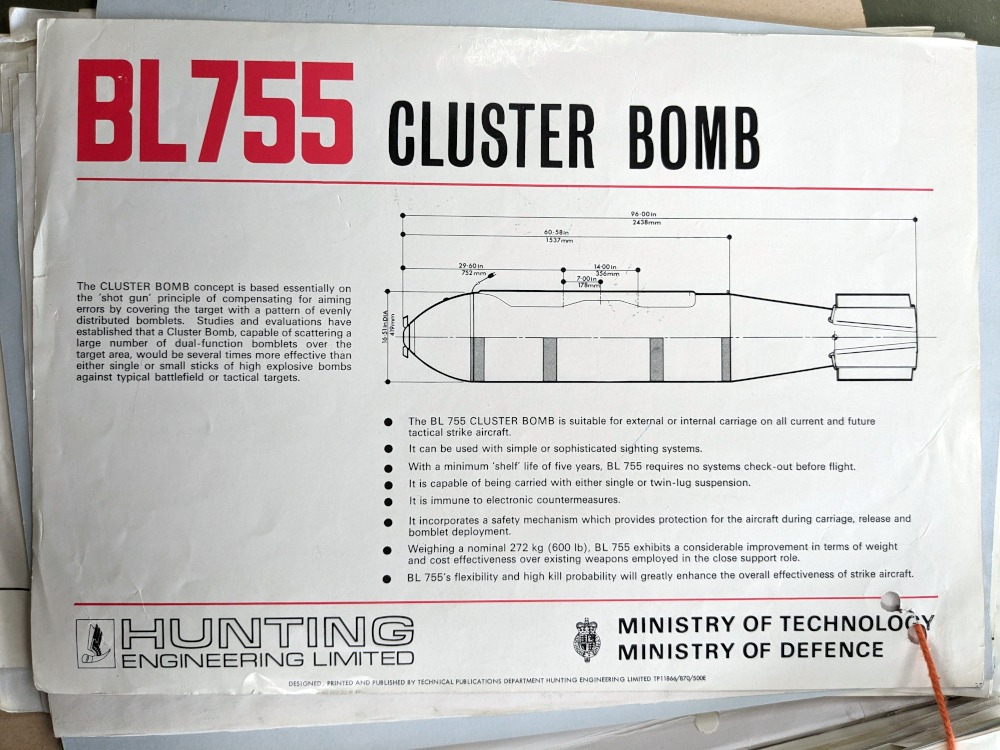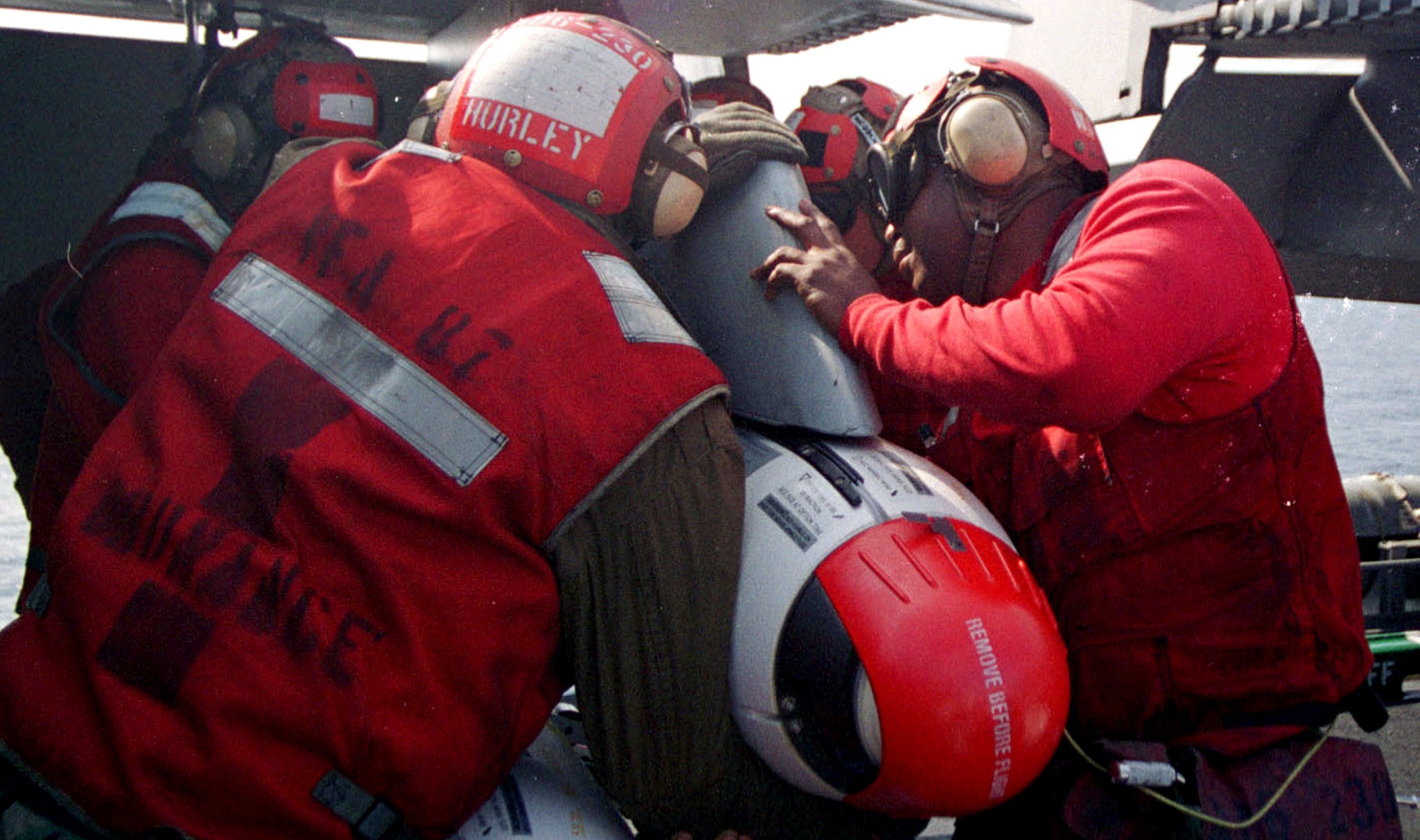GRACANICA, KOSOVO – “In the village where we lived, there were nine bombs dropped by NATO in the space of two minutes,” Dzafer Buzoli recalls, as we discuss his traumatic childhood in Yugoslavia. A leading member of Kosovo’s Roma, his community went from pillar to post.
Many were dragooned into Slobodan Milosevic’s Serb-dominated Yugoslav army or targeted by Albanian rebels as suspected collaborators, before Bill Clinton and Tony Blair launched their ‘humanitarian intervention’ in 1999.
“When the first bomb fell, we were just confused and wondered what was happening,” he reflects. “But after the second bomb I felt the hot air and fell down from the pressure of the blast.
“Ever since then I’ve had a heightened sense of hearing. When there’s a loud noise or people yelling I have to really back up, because it’s too much for me.”
Buzoli was lucky to survive the airstrike. Two soldiers and a five year old boy were killed in the attack on his village of Laplje Selo, which was hit with controversial cluster munitions.
These scatter a blizzard of ball-shaped bomblets over target areas, like a minefield falling from the sky. Human Rights Watch said NATO killed between 90 and 150 civilians with this weapon across Serbia and Kosovo.
Thousands of bomblets failed to detonate on impact, posing a hazard to children who mistook their little yellow parachutes for toys. In the decade after the war, these remnants claimed another 178 casualties in Kosovo.

While this war might seem like a distant memory for those beyond the Balkans, it offers a cautionary tale to Western states now assisting Ukraine’s fight against Russia.
US officials are said to be seriously considering supplying Kyiv with cluster bombs, possibly as soon as next month.
That’s despite the weapon being banned by more than 120 countries including the UK, following a UN treaty in 2008.
The US refused to sign up to the ban and there are suspicions it uses a loophole to store them at its air bases in Britain.
Both Russia and Ukraine, fellow non-signatories, have already fired cluster bombs in their current conflict and supplies from America could further complicate the situation.
Lessons from Kosovo
Unexploded cluster munitions remain a hazard in Kosovo long after NATO’s 11 week air war ended in 1999.
Goran, a Kosovo Serb, recalls how the weapon almost killed a farmer in a vineyard near Gracacina’s orthodox monastery, a world heritage site.
“He drove his tractor straight over the bomb,” Goran tells me. “He was lucky not to get killed.”
Goran, who likes to hunt wild boars in the forest, says he found a cluster munition – which locals call ‘cassette bombs’ – back in 2013.
His dates tally with a British demining charity – the Halo Trust – which said it was “still finding hundreds of cluster bombs” in Kosovo that same year.
At one site near Junik in western Kosovo they cleared 171 cluster bombs dropped by NATO, which stubbornly refuses to provide aid workers with access to its official database of airstrikes.
Instead the charity relies on old maps from the Yugoslav army (who preferred to plant landmines), which lack details of where NATO fired cluster bombs, what type they used, the direction of the strike, release altitude and fuze settings – all details that could assist clearance operations.
Partly as a result of these difficulties, 44 hazardous sites were yet to be fully demined by the end of 2021.
While the Atlantic alliance justifies its wartime conduct by saying the targets were Serb soldiers, the people now living in the liberated areas are often ethnic Albanians – the very people NATO set out to save.
Responsibility to protect
The UK was a particularly prolific user of cluster bombs in Kosovo, where they accounted for over half the bombs dropped by the Royal Air Force. British pilots fired 531 of the devices, each containing 147 bomblets with over 2,000 pieces of shrapnel.
Up to 12% of the bomblets failed to detonate on impact, according to a report by parliament’s defence committee. The cross-party group of MPs said: “That means the RAF left between 4,000 and 10,000 unexploded bomblets on the ground in Kosovo”.
The type of cluster bomb used by Britain – the BL755 – was designed in the late sixties and entered service in 1972 despite manufacturing challenges. A year later, a Treasury official noted dryly: “This weapon has had a long and chequered history. We note with some relief that it has now successfully completed its trials”.
Over the next decade, the RAF acquired a stockpile of 18,000 cluster bombs. Another 26,000 were sold abroad on the lucrative export market, mostly to Germany but even future enemies like Iran and Yugoslavia.
Margaret Thatcher’s government exported them to Robert Mugabe’s regime in Zimbabwe, where the British High Commission was anxious to prevent “offering the French an opening into the armament market”.
Exports to Saudi Arabia would follow and ultimately the BL755 earned the dubious distinction of being fired in such bloody conflicts as the Iran-Iraq war, Congo and Yemen.

‘Overkill weapon’
Some in the Foreign Office were less impressed and tried to resist exporting the weapon.
One diplomat, Ivor Lucas, commented: “There is no doubt that Cluster Bomb [sic] is generally considered ‘an overkill weapon’ affecting wide areas with consequent danger to civilians and causing particularly unpleasant multiple wounding.”
Its greatest selling point however, was the ability to destroy tanks from the sky. But by 1982, even that was already in question.
In a formerly secret file seen by Declassified, the Ministry of Defence (MoD) admitted: “The penetration capability of current BL755 against the frontal armour of current Soviet tanks (T-64/T-72) is poor and there are relatively few regions where full penetration, and hence kills, could be expected.”
If the RAF attacked a column of ten T-64s, pilots were only expected to destroy one tank per sortie – even with an improved variant of the weapon. Military officials lamented: “Effectiveness has been degraded by introduction of modern Soviet tanks”.
Their performance in the Balkans was woeful. An operational analysis by the MoD reportedly found only 31% of sorties hit their targets, despite pilots flying directly overhead.
‘Regrettable collateral damage’
Since Britain banned the bomb in 2008, Conservative and coalition governments have blocked the disclosure of six files about trials of the weapon in the 1970-80s – perhaps fearful that further embarrassing details of its deficiencies might emerge.
More recent Cabinet papers from Tony Blair’s handling of the Kosovo conflict are publicly available.
These show his deputy prime minister John Prescott told colleagues on 1 April 1999 – a week into the war – that: “Public opinion in the West should be prepared for more extensive collateral damage.”
Labour’s defence secretary George Robertson (who went on to lead NATO), noted at the end of that month: “The air campaign needed to be intensified, despite the unintended and regrettable collateral damage which might be inevitable.”
By mid-May the foreign secretary, Robin Cook, grew frustrated at how “the international media tended to be diverted by rare incidents of NATO errors in conducting the campaign, away from the positive news of its successes.”
Cook, renowned for his ‘ethical foreign policy’, was probably referring to the cluster bombing of Nis, a city in southern Serbia where Dutch-NATO jets killed 15 civilians in a botched airstrike that hit a hospital and crowded market.
The tragedy led the US to pause its own use of cluster bombs, but the RAF pressed on. Years later, a Serbian lawyer from Nis is trying to sue Nato over the killings.
Activists from the city played an important role in passing the international ban on cluster bombs, but Serbia’s president is yet to endorse it.
That impasse allows Belgrade to keep any remaining BL755s that Britain sold to communist-era Yugoslavia.
Clearing the remnants of these weapons from Kosovo is not expected to finish until 2024 – a quarter century after the war ended.
That marathon process, coupled with dubious performance on the battlefield, might give Joe Biden pause for thought about sending cluster bombs to Ukraine.




